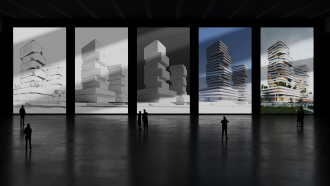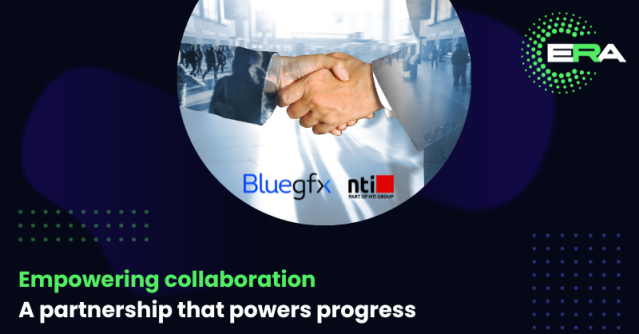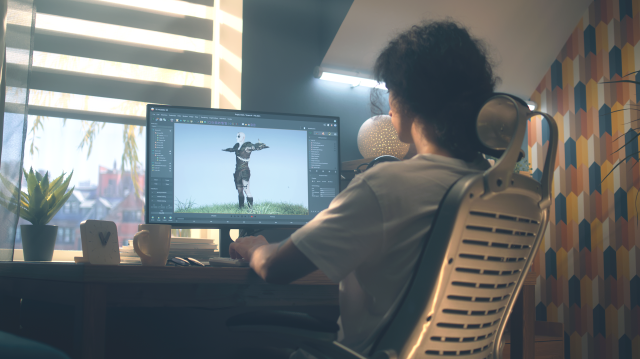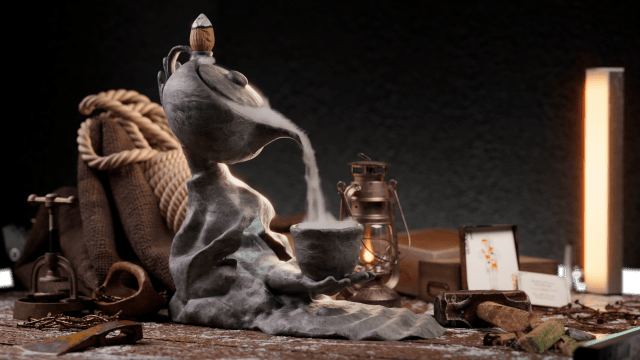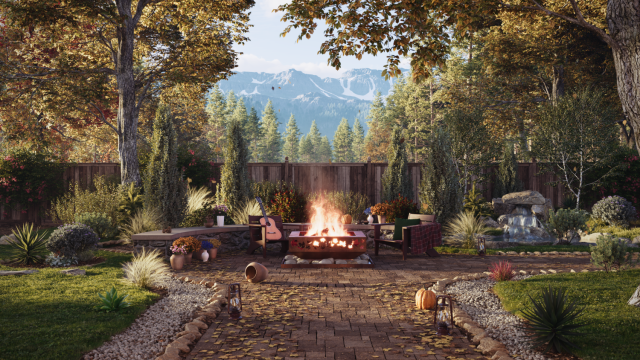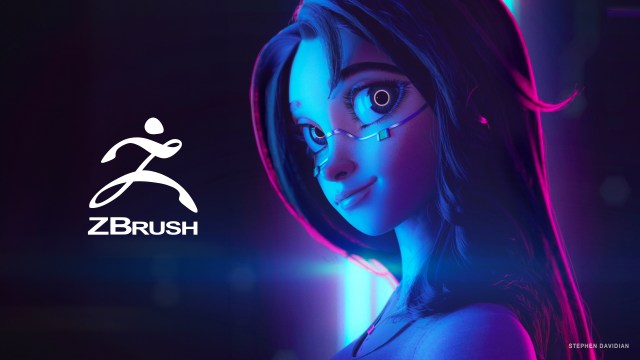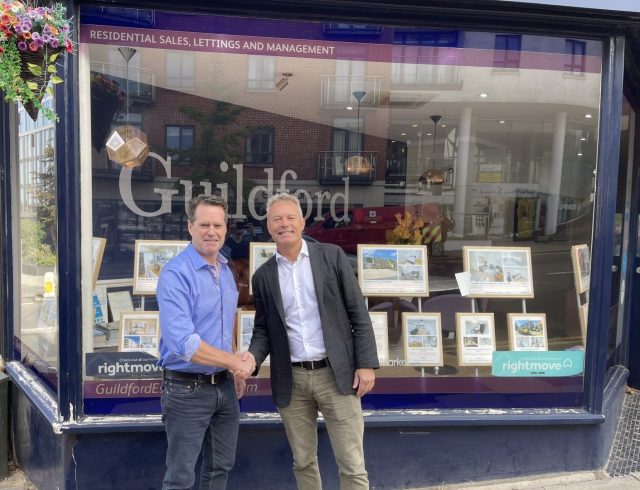Optimising Your 3ds Max Visualisation Pipeline
Stay ahead in the world of 3D design with our exclusive webinar on Autodesk 3ds Max on April 29th! Discover the latest updates and powerful new features that will enhance your modelling, visualisation, and rendering workflows. Whether you’re working in architecture, product design, or real-time experiences, this session is tailored for you.
What You’ll Learn
- Streamlining Data Import & Refinement – Optimise existing data and create stunning visuals effortlessly.
- Advanced Non-Destructive Modelling Tools – Explore and communicate design options with precision.
- Seamless Material Workflows – From 3ds Max to Unity – Learn best practices for material creation, exporting, and maintaining consistency across platforms.
Live Q&A Session
Engage with our expert presenters, ask questions, and gain valuable insights tailored to your projects.
Webinar Details
Date: Tuesday 29th April
Time: 10:00 AM (GMT)
Duration: 1 hour
Location: Online (Link provided upon registration)
Meet Our Presenters

Alex Horst – Sr. Product Specialist | Autodesk Media & Entertainment
Alex is a Product Specialist at Autodesk, specialising in 3ds Max and Autodesk Flow. With a passion for 3D that began in the early ’90s, he now helps teams across industries optimise their creative tools and workflows. With expertise in both real-time and rendered content, Alex supports game studios, architectural visualisation groups, and more, focusing on production pipeline efficiency and customer-driven innovation.

Jean-Pierre van Gastel – Creative Technology Instructor
Jean-Pierre first encountered 3D Studio DOS in 1993 while working as a CAD draftsman. After spending 27 years at an Autodesk distributor as a technical sales specialist for Autodesk Media & Entertainment products, he transitioned into freelance instruction. Jean-Pierre now provides training in 3ds Max, Unity, SketchUp, and Enscape. Additionally, he works as a freelancer for HP and NVIDIA, serving as a consultant for the HP Z portfolio and NVIDIA AI.
Register Now!
Don’t miss out – reserve your spot today and take your 3D workflow to the next level. Can’t make it to the live webinar? Register anyway and we’ll send you the recording.
Register here |


